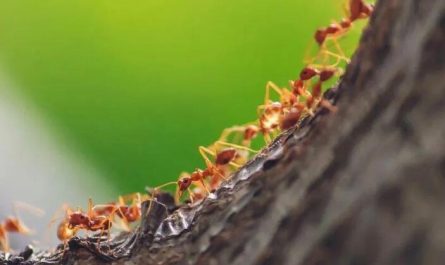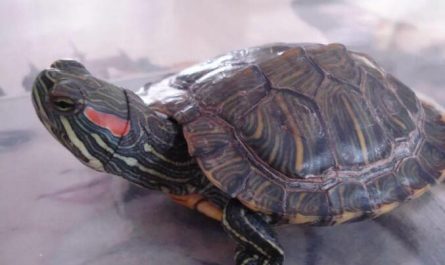The reason why animals don’t get sick from eating raw meat
Wild animals have been eating raw meat, and have done so for tens of thousands of years. People usually cook the meat before eating it. This is because we prefer the taste of cooked meat and to protect our own stomachs from harm. Animals usually eat fresh raw meat. Whether the meat is contaminated or not, the time factor is very important.
Humans have only a very fragile tolerance to microorganisms in meat, so eating raw meat can make us sick. The longer the meat is left, the more these dangerous microorganisms will increase. Cooking meat will kill almost all harmful bacteria and viruses.
Animals have better tolerance to those pollutants. Domestic pets like dogs and cats are often between us and their wild counterparts, and thus have some different ways of handling food. Cats mainly rely on carefulness to protect themselves, which relies on their sensitive sense of smell, which can warn them whether food is “spoiled”.
The digestive system intestines of carnivores are very simple and short. Therefore, the ingested raw meat is digested quickly, so as to prevent these decayed substances from staying in the body for too long and causing blood poisoning. So they have evolved a shorter digestive tract to eliminate bacteria when ingesting raw carrion, and the amount of gastric acid accumulated in their stomach is ten times that of non-carnivorous animals.
Characteristics of carnivorous animals
Animals that feed on animal substances. It is usually called carnivorous animals whether they eat live or dead bodies. But sometimes for the sake of distinction, the former is called a predatory animal, and the latter is called a sacrificial animal. Animal food is more nutritious than plant food. Most carnivorous animals have special moving organs for capturing prey, muscles and bones necessary for agile movement, large mouths, sharp teeth and claws, and keen senses.
One order of mammals is Carnivora (Carnivora). Animals of this order: canine teeth are large and sharp; the last premolar of the upper jaw is particularly developed; claws are sharp, and some species can stretch; the brain is developed with a gyrus.
Although some animals do not look like carnivores, they are really carnivores. Starfish feed on crustaceans that live on rocks, and they can spend a whole day prying a carapace and eating the meat inside. Sea anemones and jellyfish may not seem lethal, but they actually feed on small fish, shrimp and other small marine animals.
Some carnivores can eat large animals for a long time without preying. For example, the energy provided by a zebra or antelope is enough for a crocodile to last for several months. There are also carnivorous animals that prey on large numbers of small animals. For example, a large anteater can eat 20,000 ants or termites a day, while a blue whale can swallow 50,000 krill in one bite. Each krill is about the size of a child’s toe.
Carnivores constitute the upper end of the food chain. It mainly preys on frail or diseased individuals in the prey population. Therefore, from an ecological point of view, carnivores have positive significance for controlling populations and even maintaining the ecological balance of the entire community.
Carnivores have developed keen observation skills because they want to hunt other animals. Good at stealth attack and the ability to hunt down. Its main body structure features are as follows:
① The teeth of carnivorous animals: very sharp, they bite food with it.
② Claws of carnivorous animals: The toes have sharp claws that can stretch to make it easy to catch food.
③They use strong jaws and sharp and protruding canine teeth to tear the flesh. But they don’t have the molars used by vegetarian animals to grind food.






